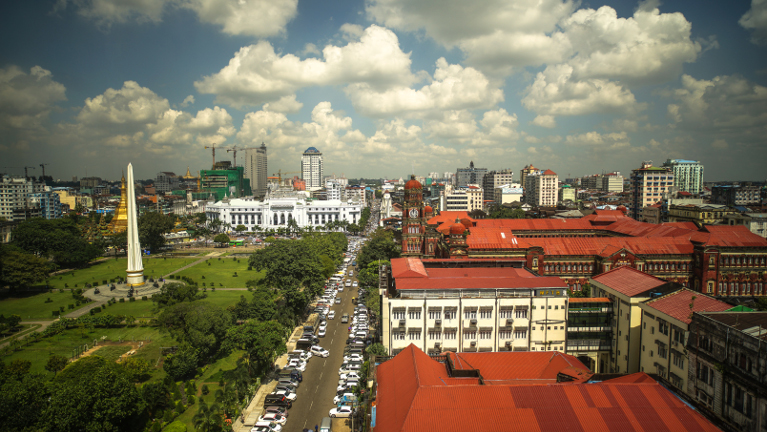ADB Funds to Scale Up Sanitary, Phytosanitary Efforts in Lao PDR
VIENTIANE, LAO PEOPLE’S DEMOCRATIC REPUBLIC (4 October 2017) — The Asian Development Bank’s Board of Directors has approved a $10 million grant to the Lao People’s Democratic Republic as additional financing to scale up efforts to improve food safety and ensure plant and animal health, as part of an initiative to improve sanitary and phytosanitary capacity in the country.










